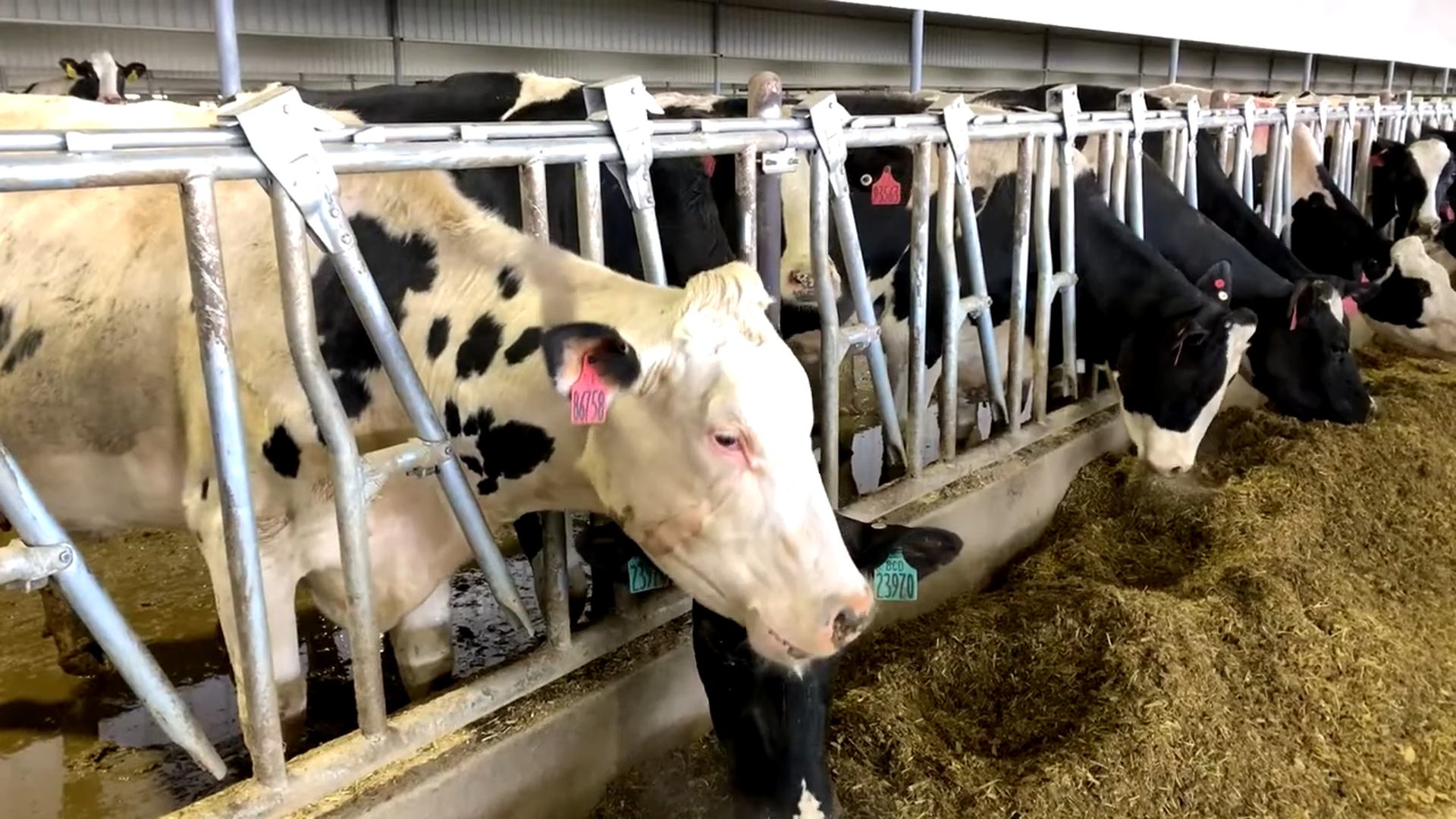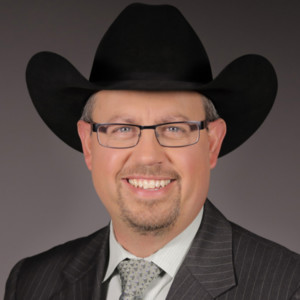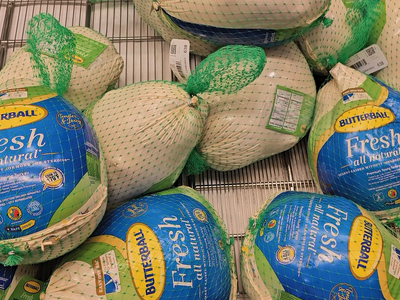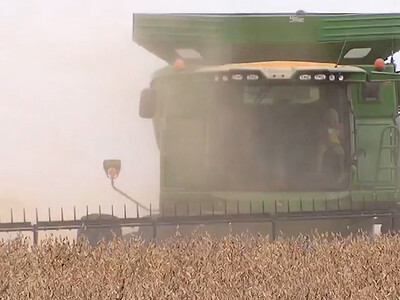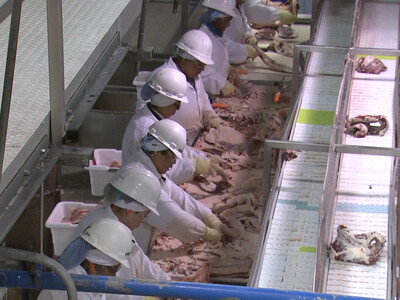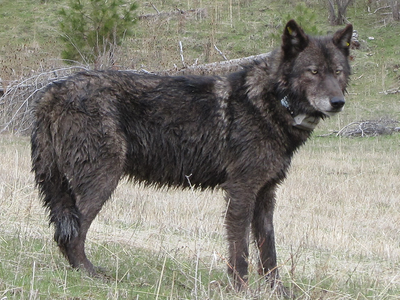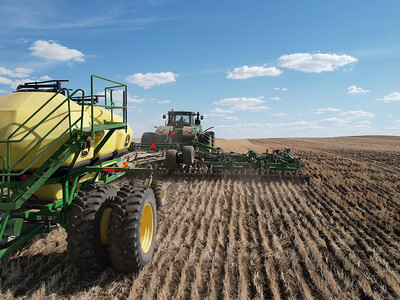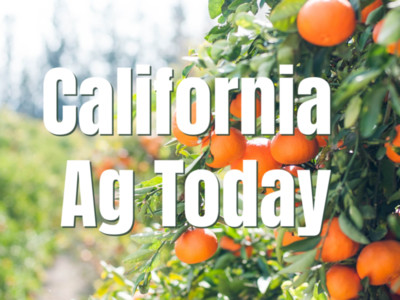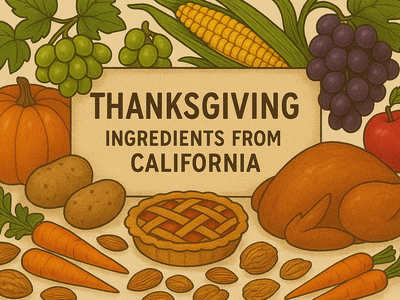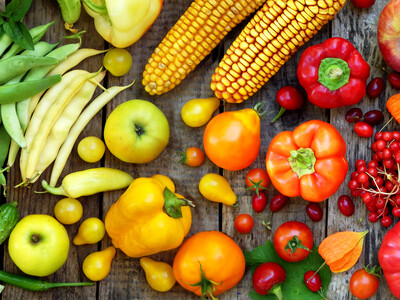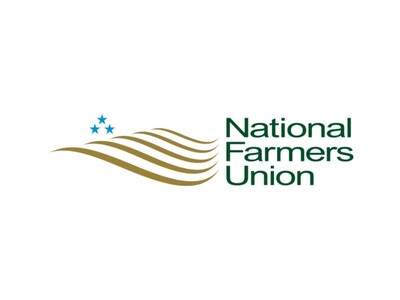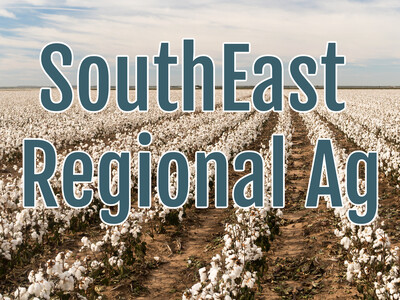New Financial Resources for Dairies Affected by Bird Flu
The Agriculture Department is making a wide range of resources available to dairy farmers whose herds are affected by avian flu, including reimbursing them for the cost of personal protective equipment and development of biosecurity plans, in part to gather more information about farmworker health."Producers who facilitate the participation of their workers in [the] USDA/CDC workplace and farmworker study" can get up to $2,000 per month if they provide PPE to their employees "and/or provide outerwear uniform laundering," USDA said Friday.
They also can get up to $1,500 per affected premises "to develop biosecurity plans based on existing secure milk supply plans. This includes recommended enhanced biosecurity for individuals that frequently move between dairy farms – milk haulers, veterinarians, feed trucks, AI technicians, etc."
Producers also can get up to $2,000 per month if they establish a system to heat treat all waste milk before disposal, and cover shipping costs to labs in the National Animal Health Laboratory Network. "USDA will pay actual shipping costs, not to exceed $50 per shipment for up to two shipments per month for each affected premises," the department said.
Added together, "these tools represent a value of up to $28,000 per premises to support increased biosecurity activities over the next 120 days," USDA said.
Separately, USDA said it would compensate producers for loss of milk production, using funding from the Emergency Assistance for Livestock, Honey Bees, and Farm-raised Fish Program (ELAP).
The H5N1 virus has been found in 42 herds in nine states, with six additional herds added to the list earlier this week – four in Michigan and one each in Colorado and Idaho. Ag Secretary Tom Vilsack, however, told reporters on Friday that while "it looks like this is a significant increase, actually, this has been in the works for a while, it's just basically us getting information out. It's still nine states, it's still in the same nine states. And I think that's the most positive thing about where we are."
Vilsack was joined on the media call by other federal officials, including Health and Human Services Secretary Xavier Becerra and Centers for Disease Control and Prevention Principal Deputy Director Nirav Shah. They continued to say the U.S. milk supply is safe and the risk of H5N1 to humans remains low.
"We continue to see affected cows recover with supportive treatment, with little associated mortality being reported," Vilsack said.
USDA has been working with CDC to obtain access to farms to conduct testing of and interviews with farmworkers, an effort that has reportedly been met with some pushback from dairy operators and state health officials. Shah said workers can get reimbursed $75 for providing a blood sample, nasal swab and allowing themselves to be interviewed, Shah said.
"We're working collaboratively with the CDC," Vilsack said, and have "encouraged state veterinarians, who are a trusted source, and state ag officials, who are also a trusted source, to be able to amplify, to support and to encourage producers to be open to this."
"Producers obviously look at this circumstance, and they see this as an animal health issue, an animal health issue that for most cows basically resolves itself over seven to 10 days," Vilsack said. "So they may not fully appreciate and understand the the approach that public health officials need to take in this circumstance."
"So, it is important for for the public health officials at the state level, for the state veterinarians, for state ag officials, for us, to essentially communicate that it's in the long-term best interests of the industry and all of us to make sure that we have as much information as possible," he said.
The secretary also said that the less cows move within states, the better. USDA has instituted an order requiring that testing of non-lactating dairy cows show they do not have the virus, before they can be moved to another state.
USDA has no control over intrastate movement, however.
"That's up to the state officials to make that determination," Vilsack said. "We're obviously looking for ways in which we can reduce the risk of spread as we learn more about this. That's one of the reasons we issued the federal orders, because we saw the transportation of cattle from Texas to a number of other states, basically creating problems in those states."
He said USDA is telling states they should consider restricting movement within their boundaries, "and if you do, we want to be there to ... provide whatever assistance and help that we can to make that happen, because we think that will be a positive thing in terms of reduction of risk."
CDC also announced additional resources, such an additional $93 million to "bolster testing and laboratory capacity, surveillance, genomic sequencing, support jurisdictions and partner efforts to reach high-risk populations and initiate a new wastewater surveillance pilot."
CDC has asked state health officials to distribute existing PPE stocks to farmworkers, prioritizing those who work with infected cows. However, STAT reported Friday that dairy operations don't want it.
Source: Agri-Pulse


